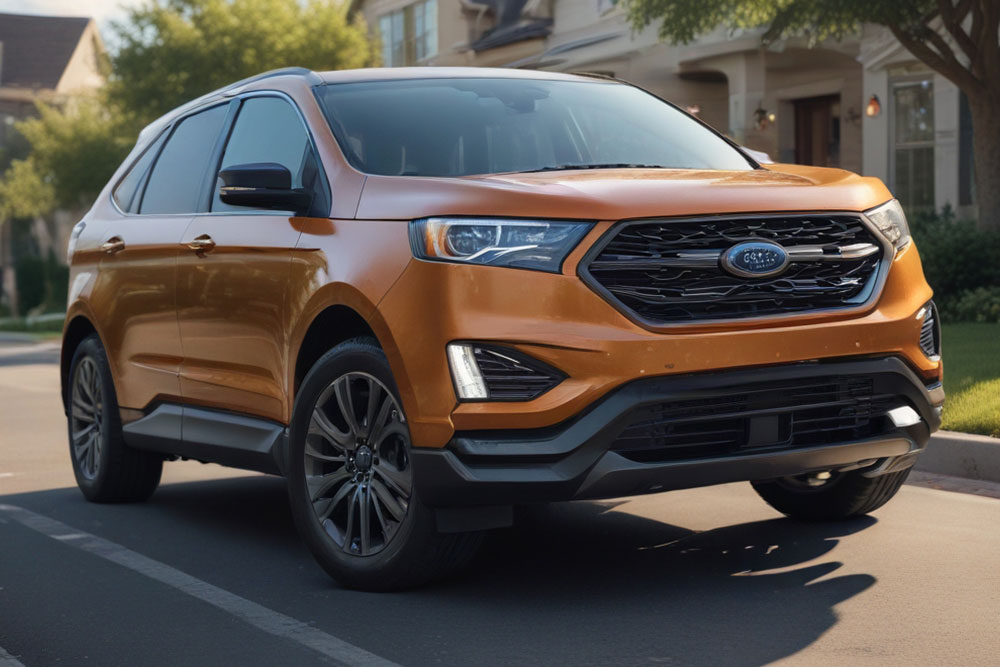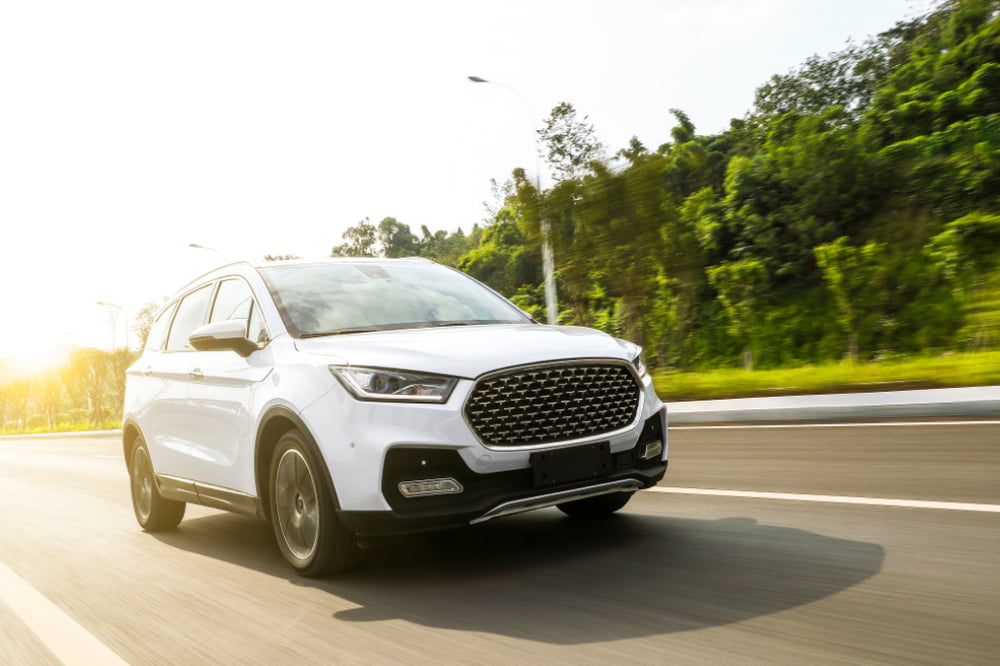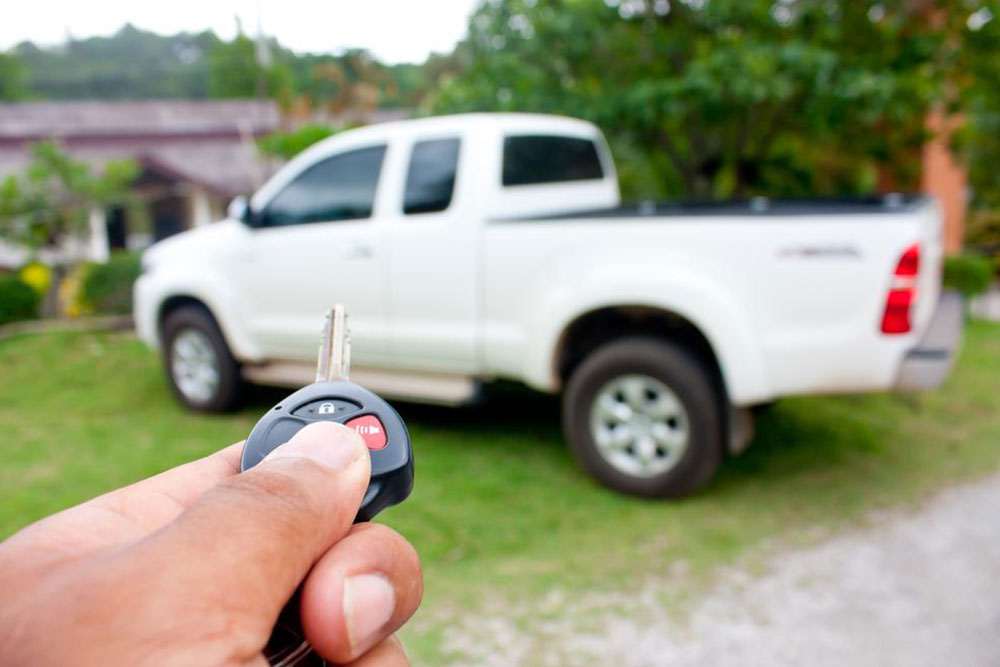Comprehensive Guide to Buying a Pre-Owned Ford Edge: Tips and Insights
This comprehensive guide provides expert tips on purchasing a used Ford Edge, covering model trims, features, vehicle condition, safety, and pricing. It aims to help buyers make informed decisions for a smart investment in a durable, reliable SUV. Learn how to assess vehicle history, evaluate features, and find the best deals in the used car market.

Comprehensive Guide to Buying a Pre-Owned Ford Edge: Tips and Insights
Choosing a used vehicle like the Ford Edge is an excellent option for buyers looking to balance affordability with reliability. This midsize SUV has become popular due to its impressive combination of performance, comfort, and eco-friendly features. Whether you are a first-time car buyer or an experienced automotive enthusiast, understanding the key aspects of purchasing a used Ford Edge is essential for making a sound investment. From assessing model trims and features to understanding price ranges and vehicle conditions, this comprehensive guide aims to equip you with the necessary knowledge to navigate the used car market effectively.
Why Opt for a Used Ford Edge?
The Ford Edge is known for its spacious interior, modern technology, and strong safety features. Buying a pre-owned model allows you to enjoy these benefits at a more accessible price point compared to purchasing a brand new vehicle. Additionally, the depreciation rate for used cars is significantly lower, which means you retain a higher percentage of your investment over time. For budget-conscious buyers, a well-maintained used Ford Edge offers excellent value without sacrificing quality and performance.
In-Depth Tips for Buying a Used Ford Edge
When entering the used vehicle market, thorough research and careful evaluation are crucial. Several factors influence the overall value, performance, and longevity of a pre-owned Ford Edge. These include model year, trim level, feature set, vehicle condition, maintenance history, and asking price. By systematically considering each of these aspects, buyers can ensure they make an informed decision that aligns with their needs and budget.
1. Detailed Review of Features and Trim Levels
The Ford Edge has been offered in multiple trims across its generations, each with distinctive features and amenities. The key trims include SE, SEL, Titanium, ST, and the sportier ST-Line. The entry-level SE provides essential comforts such as a basic infotainment system, manual climate control, and standard safety features. Moving up to the SEL introduces additional upgrades like a larger touchscreen display, premium audio options, and more advanced driver-assistance features. The Titanium trim offers luxury-oriented features, including leather upholstery, dual-zone climate controls, and parking sensors. The high-performance ST models are equipped with sport-tuned suspensions, unique styling elements, and more powerful engines.
Historically, first-generation Ford Edges came with amenities like AM/FM stereos, climate control, adjustable seats, 18-inch alloy wheels, and Ford’s SYNC connectivity system. The second generation introduced more sophisticated features such as dual-zone climate control, adaptive cruise control, lane-keeping assist, and emergency braking systems. When evaluating a used Ford Edge, confirm whether these features are standard or optional, as they significantly enhance driving comfort and safety. A comprehensive feature checklist can help you verify the presence of desired amenities and avoid future added costs.
2. Assessing Vehicle Condition and Resale Value
Vehicle condition directly impacts resale value and long-term reliability. Inspect the vehicle comprehensively, focusing on the exterior, interior, engine, and transmission systems. Signs of previous accidents, rust, or excessive wear can reduce value and performance. Engaging a professional mechanic for a pre-purchase inspection is highly recommended to identify any underlying issues that may not be immediately visible.
Resale value depends heavily on how well the vehicle was maintained. Maintaining proper service records, including oil changes, brake replacements, and tire rotations, adds to the vehicle’s appeal. Certified pre-owned (CPO) vehicles from authorized dealerships come with rigorous inspections and warranties, offering additional peace of mind. When searching online, using keywords like "used Ford Edge near me" can help locate nearby deals, but visiting a dealership allows you to inspect the vehicle firsthand and ensure quality standards are met.
3. Confirming and Optimizing Fuel Efficiency
Fuel economy is a significant concern for many buyers, especially for those who drive frequently or have long commutes. Over time, fuel efficiency can decrease due to engine wear, dirty fuel injectors, low tire pressure, or outdated technology. It’s vital to verify that the vehicle has been properly serviced to maintain optimal fuel economy. Ask for maintenance records and ensure engine components, including air filters and fuel systems, have been checked or replaced recently.
Proper tire inflation, regular oil changes, and timely servicing of the fuel system can improve fuel efficiency and lower operating costs. If the used Ford Edge is equipped with an EcoBoost engine, confirm that turbochargers and related components are functioning optimally. A vehicle with poor fuel economy may lead to increased costs over time, diminishing the overall value of the purchase.
4. Safety Features and Reliability Considerations
Safety is paramount when choosing a family SUV or daily driver. Review safety ratings provided by organizations such as the National Highway Traffic Safety Administration (NHTSA) and the Insurance Institute for Highway Safety (IIHS). These ratings reflect crashworthiness, safety assist features, and overall vehicle security.
Early Ford Edge models come equipped with dual airbags, anti-lock braking systems (ABS), stability control, and tire-pressure monitoring systems. Later models add advanced driver-assistance features such as collision mitigation, blind-spot monitoring, adaptive cruise control, and lane-departure warning. When inspecting a used vehicle, verify the functionality of these safety aids and consider their importance for your driving needs. Reading owner reviews and reliability ratings can reveal insights into common issues and long-term performance tendencies of specific trims and model years.
Engine and Transmission Options in Used Ford Edges
The engine and transmission combination significantly influence vehicle performance and ownership costs. The first-generation Ford Edge was powered by a 3.5L V6 engine producing 265 horsepower, later upgraded to a 3.7L V6 with 305 horsepower, alongside an EcoBoost turbocharged 2.0L four-cylinder delivering 240 horsepower. The second-generation models introduced turbocharged EcoBoost engines, including a 2.0L four-cylinder with 245 horsepower, a standard 3.5L V6 with 280 horsepower, and a top-tier 2.7L twin-turbo V6 capable of 315 horsepower. All these engines were paired with a 6-speed automatic transmission, providing smooth and efficient shifting. Your choice depends on your driving style and performance requirements, so review the specific engine options for the model year you are interested in.
Price Range and Budgeting for Used Ford Edges
Used Ford Edge prices range from approximately $2,450 to nearly $52,895, depending on factors such as model year, trim level, mileage, condition, and geographic location. Older models with higher mileage tend to be more affordable but may require additional maintenance. Conversely, newer or certified pre-owned vehicles tend to carry a premium but come with warranties and assured quality.
To secure the best deal, compare prices across different dealerships and online platforms. Certified pre-owned programs from authorized Ford dealers often offer comprehensive inspections, extended warranties, and favorable financing options. Ensure you consider total ownership costs, including insurance, taxes, and potential future repairs, when budgeting for your purchase.





